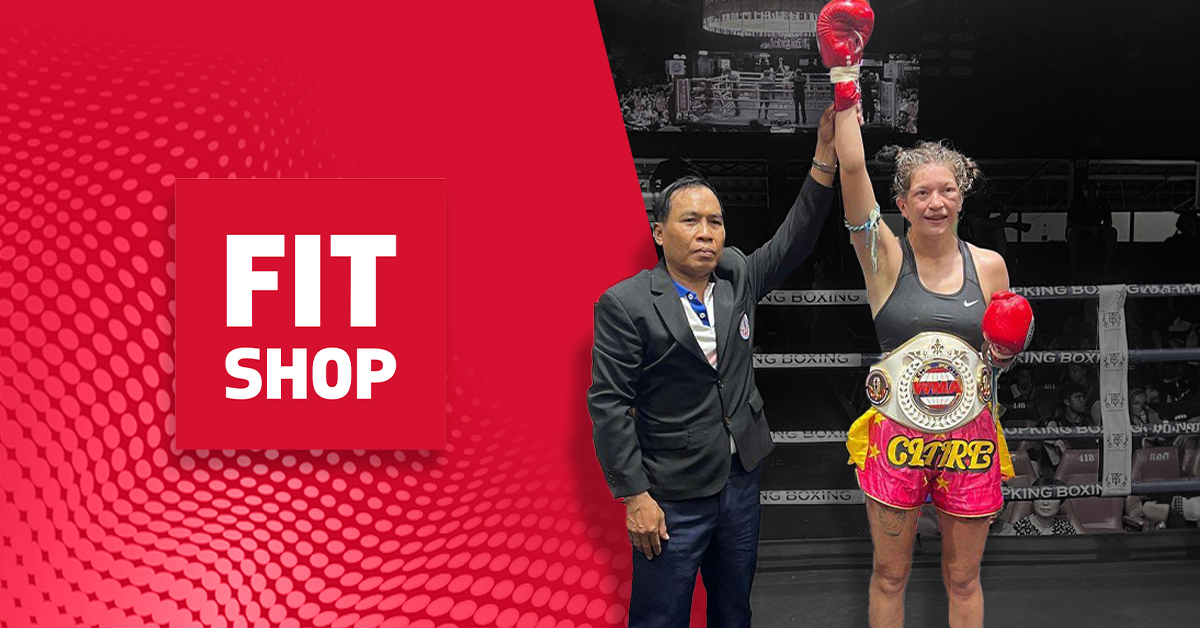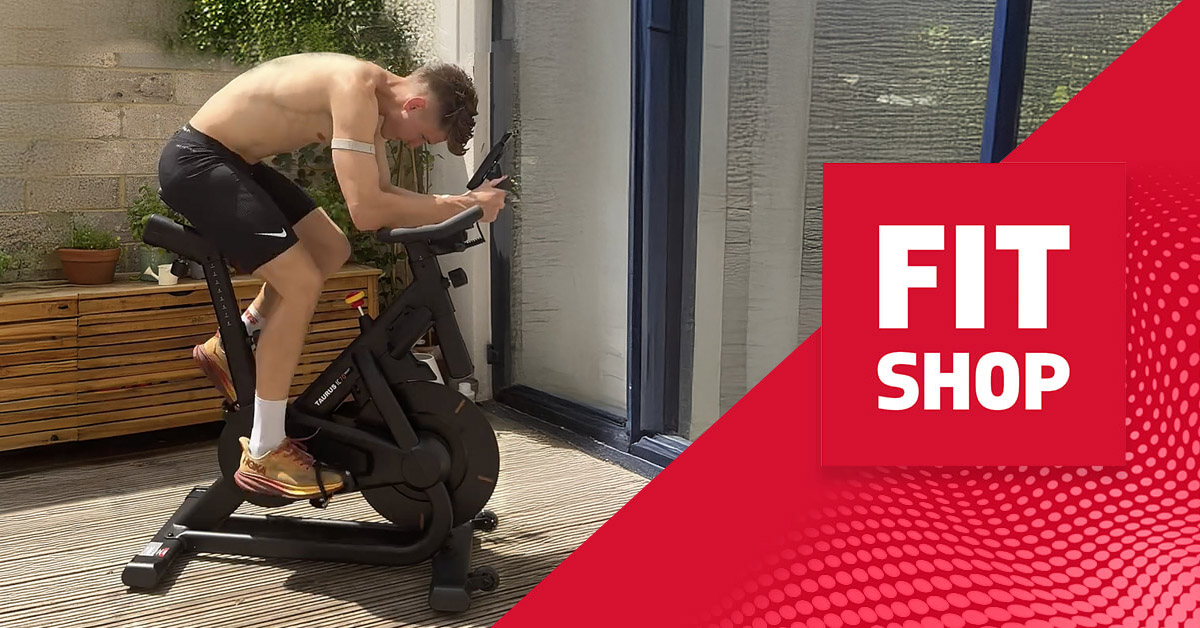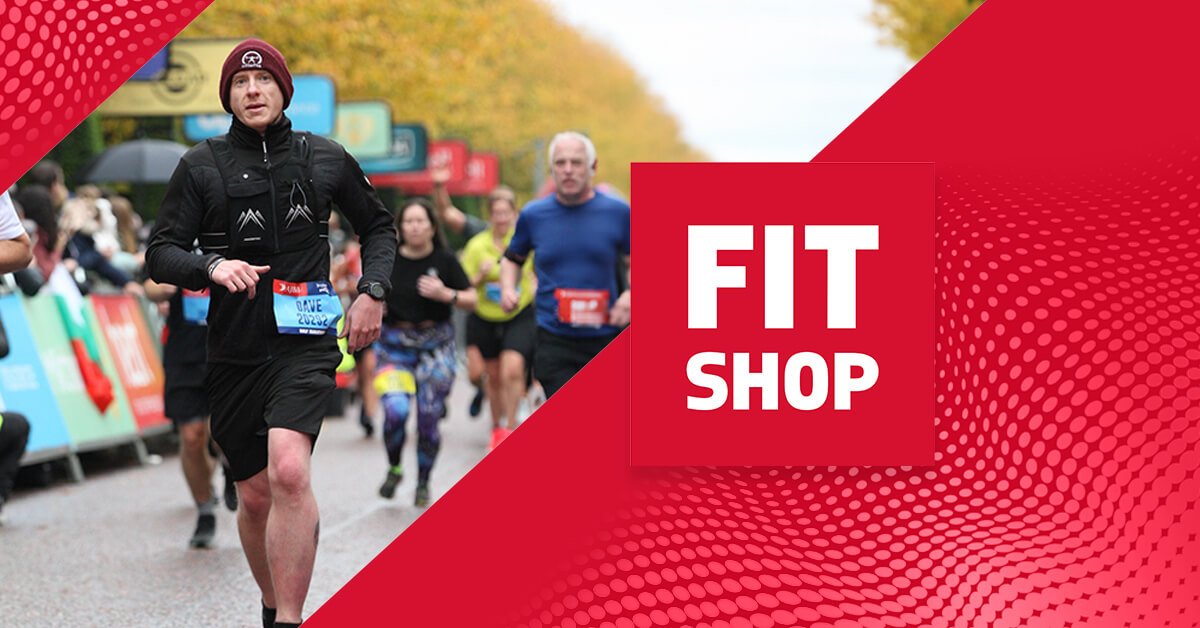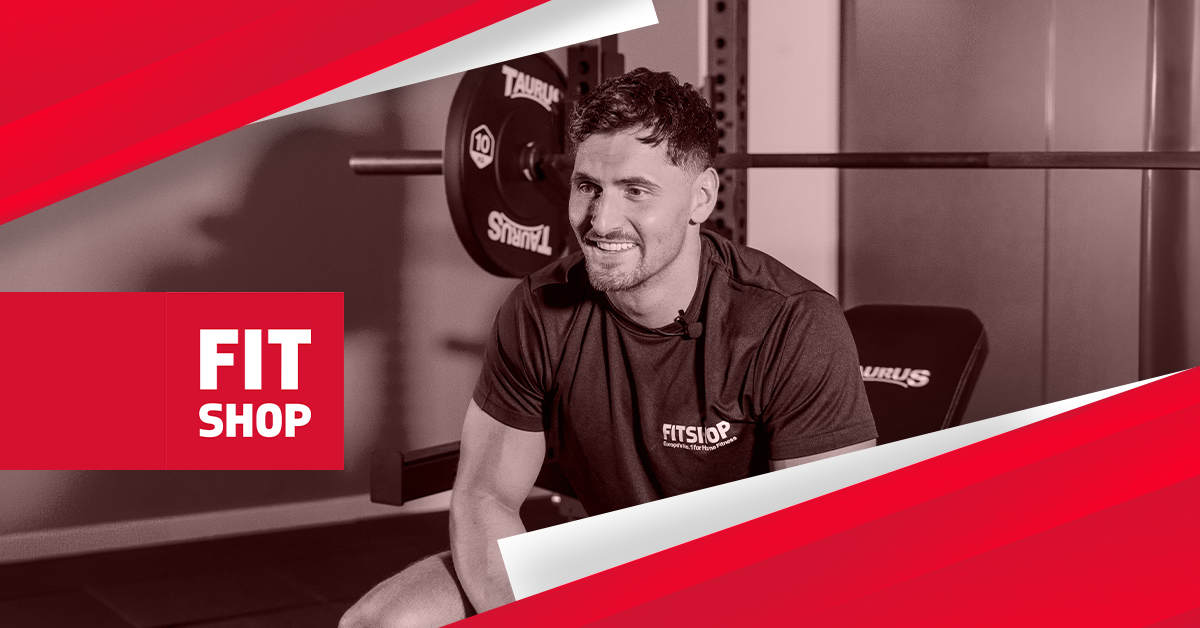Claire Rankine: Journey of a Champion
Please Note: This article discusses domestic abuse.
In 2018, after a couple of years of Muay Thai training and one competitive fight, Claire Rankine left for Thailand. She planned on returning to Scotland in six months. Six years later, Claire is still there and is currently ranked #2 in the world in the Super Featherweight category in Muay Thai. She is the first Scotswoman to appear at Lumpinee Stadium and a WMA Champion. Her story, from routine office life to experiencing domestic abuse to becoming a champion, is nothing short of inspirational. Fitshop sat down with Claire to discuss her story and her career in our interview series. As an additional warning, this interview does discuss domestic violence. Readers who are sensitive to this topic should not read further.

Where did it all begin for you, Claire?
I was in a normal, routine office job, doing my own thing at the gym. The day everything changed was when my mum’s fiance attacked my mum and me. The police were called, and I was in hospital for two weeks while I got my jaw reconstructed. They put four metal plates in my face, and I couldn’t eat or drink for about 6-weeks after that. So, about two months of recovery in total.
I ended up in martial arts because of my self-consciousness, and I was always scared of them coming back. I looked into therapy, but there was a 9-month waiting list. So, I went privately, but that cost a lot of money. So that’s when I turned to martial arts.
I started MMA at an MMA gym in Edinburgh, and I was obsessed straight away. I started going almost every day because I felt amazing. Why would I not want to do this all the time?!
When did you decide to move to Thailand?
I was initially going to go over and train there for a month and come back and get another job. Then I said two months, then three, and now it’s been six years. Literally, on day one, I went to a gym and started training and stayed there for five years.
How did you find the culture there? Was it a shock?
The Thai people are so lovely, but they just say things how they are, never in a mean way. The trainers motivate you with negative reinforcement to make you feel like you should prove them wrong. So they will say things such as, “I don’t think you’re strong enough,” or “I think you’re going to lose.” A lot of foreigners who go to Thailand get their confidence knocked by this approach. But they want you to take the view of, “I’m going to prove you wrong!”. It can be exhausting, but you know they have your back at the end of the day and want the best for you.
What keeps you going back?
It’s the comradery; yes, it’s brutal at times, and you question yourself a lot, but everyone is in the same boat together, and you motivate each other through it. It’s an obsession for me. I love their approach to training; in Thailand, I do pad work with a coach, whereas back home, you work with the others in the class. Because you’re with a trainer, you get a higher quality of learning, and they can correct your mistakes in real-time. It creates a really close bond with your trainer, and I’m always looking forward to my next fight.
When was your first fight in Thailand?
I think it was about four months in that I did my first professional fight. I didn’t realise at the beginning that it’s all pro-fighting rules over here. So I was quite shocked when my opponent tried to elbow me! My trainers were like, “What are you doing? Elbow her back!”. After the fight, they said, “Congratulations, you just had your first professional fight!”.
Who pushed you to start fighting in the pro league?
It was definitely more me pushing for fights to begin with. I certainly didn’t come in and impress anyone when I first came over and started training. You very much feel like a big fish in a little pond back home, and then you come to Thailand and learn that your taxi driver is a former champion. People regularly train over here from 5 years old. I see a lot of people come over here thinking they are amazing and quickly realise that they are nothing compared to the people who have been training their whole lives. I’ve seen people with titles in other countries come over and get beaten by a farmer who signed up for a bit of extra money that week.
How often were you competing?
Back then, I fought every month. The lower-level fights were easier to train for as I didn’t need to make weight. Once I had my initial fight, I had two more fights and then decided to live in Thailand. Once I made that decision, I fought every month for the first two years of being here.
What did your mum think?
I think she thought it was just a phase that I was going to grow out of! She was saying, “Claire, why couldn’t you do a nice thing like golf or tennis?!”
At what point did you move into the higher levels?
About two months before COVID hit, Thailand had its televised female fights, which sparked a lot more interest in that side of the sport. I got booked for my first high-level fight in Bangkok and had to make weight; then COVID hit, and everything was shut down for a year and a half, and I couldn’t train, let alone fight. During that time, I was teaching English online to keep myself afloat. The restrictions were lifted about 18 months later, but even then, you had to train in masks, and you couldn’t clinch up in sparring.
Once things started opening up again, I noticed the coaches pushing me toward competition more. I had the same trainer for five years, and we had a very personal relationship. He was like a dad to me, and he was always very personally invested in me.
Unfortunately, the club he coached at shut down, and I moved with him to a new venue, but there were no female fighters at that gym. He would drive me to other clubs so I could train, and it was so much for him to do. He was the one who told me that I was now fighting at a level where I couldn’t afford not to be able to spar.
What’s next for you in your career, Claire?
I’m now ranked #2 in the world, and I have at least another two or three years left before I would consider retiring. I feel very different about fighting now compared to when I first started competing. I’m a lot more relaxed in my approach to fighting now. I still have that obsessive drive, but I don’t feel bad about taking a day off if I’m not feeling up to it, whereas I would have forced myself to train through it a couple of years ago.
My fighting style means I also get a lot of damage; I break my nose pretty much every time I fight. People tell me, “Why not change your style?” but I love it. So, if I can get another two years of fighting the way I want to, then I would be happy with that.
There is still a lot that I want to achieve. I still want to fight for the WBC world title and go back to One Championship. To fight at Rajadamnern Stadium, just to say that I have, would be great, too!
Keep up with Claire.
To keep up with Claire’s journey to become number one, be sure to follow her on Instagram and YouTube!
We want to thank Claire for taking the time to speak with us despite being unwell and sharing her story with us. Claire’s journey thus far has been inspirational, and we look forward to seeing where her fighting career will take her.
We hope you are enjoying our interview series so far. We’ve interviewed Olympians such as Neil Adams MBE and fitness influencers such as Jay Younger, and we’re only getting started with inspiring stories from all levels of sport and the fitness industry.
Fitshop supplies several combat sports brands, such as RDX, Taurus, and BBE, to keep you fighting fit with quality products. Check out the range here.




Post Comment